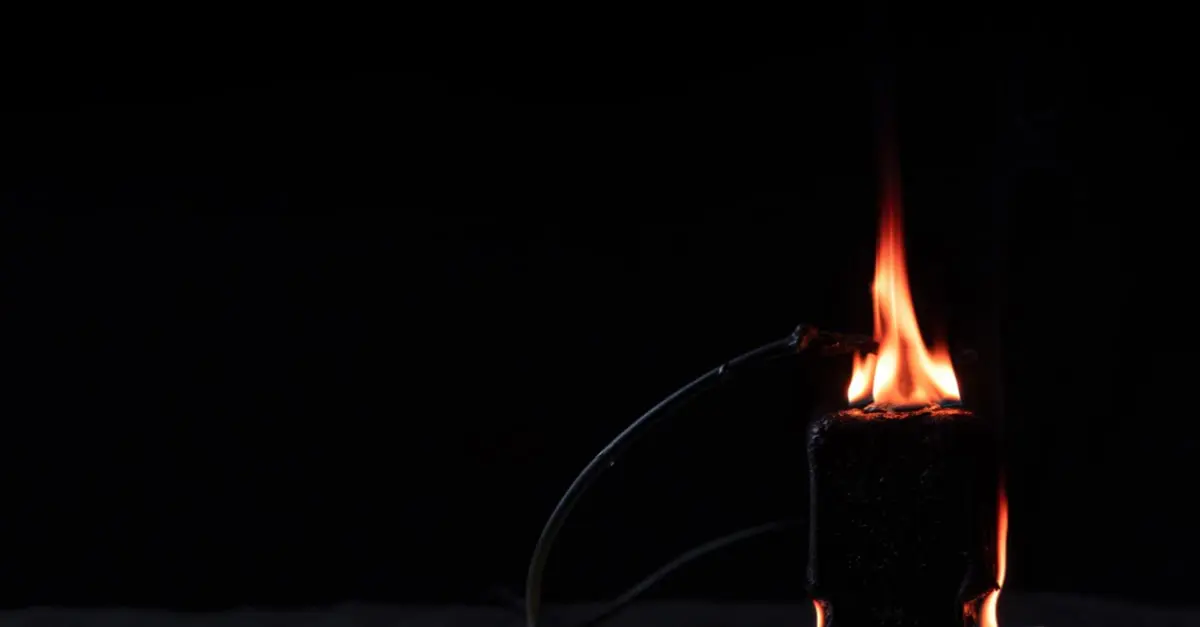As a responsible homeowner, you likely have a vague understanding of how electricity works in your home. At the very least, you know that you plug something in or switch a flip, and it allows you to do the laundry, blow dry your hair, or even just fill a room with light.
When the balance is disrupted between the power you use and what you use it for, it’s vital to know an emergency electrician you can call to get things running again. It’s strange to think that so much trouble can start from a short circuit. But what is a short circuit, how can you find it, and who can you call to ensure it stops happening?
What Is a Short Circuit?
The electrical circuits in your home are made to follow specific paths. Sometimes a secondary path appears that reroutes the flow of electricity in a new way, and this excess current causes certain electrical appliances to stop working. This misrouting is what we call a short circuit.
There are two kinds of short circuits, and each comes with its own dangers.
Regular short circuits happen when a live wire meets a neutral wire without an appliance in the middle to use the current. This interaction dramatically reduces resistance and creates a powerful burst of electricity through a new path.
Electricians consider this the most common kind of short, but at the same time, it has the most chance of causing an accident or a fire.
The other type of short circuit is known as a ground fault short circuit. These occur when a hot wire contacts a grounded part of the electrical system, like a grounded box or bare copper ground wire.
Like a traditional short circuit, this results in the current following the path of least resistance. In this case, that path leads into the ground instead of into a neutral wire. These shorts cause problems but objectively have a smaller chance of causing physical damage.
Where Can You Find a Short Circuit?
Electrical work can be incredibly risky if you don’t have the experience of a professional electrician. We do not suggest trying to treat a short circuit on your own. At the same time, though, it can be helpful to know where the short is located.
Faulty Wire Insulation
Insulation around the metal cores of wires keeps them in place and prevents them from touching one another. However, wires can lose their insulation over time. Some older insulators deteriorate naturally. In other instances, wires are scraped against screws or nails or nibbled on by rodents.
Once wire insulation is compromised, it opens a contact point for hot wires to connect with neutral wires, resulting in a short circuit.
Loose Wires
Another way to cause a hot/neutral wire connection is if wires are loosely attached. This situation is a hazard for more than short circuits, so it’s best to have a professional take care of it immediately.
Faulty Appliances
We see a lot of short circuits that come from poorly-wired appliances. You may notice that your appliance plugs are loose or missing some insulation. If your appliances exhibit these symptoms or cause arcing and sparking when plugged in, you should immediately have them examined by an electrician.
How To Use a Circuit Breaker
Sometimes you can’t visibly see the source of your short circuit. If it isn’t safe to do so, it’s perfectly understandable to call an electrician to do the hazardous work for you. But if you still want to hunt for the source of your problem, you can do so with your circuit breakers.
The breaker box in your home is designed to cut off currents if the voltage suddenly spikes or the current draw is too great. If you’ve ever plugged too many things into one outlet and lost power, then you know what it’s like to have to open your breaker box and reset the switches.
Circuit Hunting
After a short circuit, you will notice that one of your circuit breakers has been tripped to the OFF position. Leave it in that position, as it should indicate the part of the house where the short occurred.
Go to that part of the house and check all of the appliances. You want to unplug all of them before you switch the breaker back to the ON position. If it stays on, then you can assume that the short circuit came from one of those appliances or that you had too many appliances using that circuit at once.
The next thing you can try is the lights. Flip turn on and off each light switch in that part of your house with the circuit breaker in the ON position, and if any switch causes the breaker to trip, then it may be the cause of the short.
Regardless of whether you’re able to narrow down the scope of your short circuit, you’ll reach a point where it’s best to consult a qualified electrician. You don’t want to hurt your home’s electrical system, and you don’t want to hurt yourself. If you’re in the Gloucester, VA, area and need a team worth trusting, you can rely on Asbury Electric.
Asbury Electric for the Best “Electricians Around Me”
At Asbury Electric, we understand that many electrical problems can’t wait. A short circuit could lead to physical shocks or an electrical fire, and these things don’t play by the rules of a nine-to-five business. We’re proud to be your 24-hour electrician, there when you need us, whenever you need us.
We operate out of the Gloucester, VA, area, but if you’re in our region, we’re still ready to help.
Short circuits can be a headache for anyone. We make the process easier with financing options COVID-safe precautions. You deserve to be able to flip a switch and get what you expect. So if you’re in Gloucester, Virginia Beach, or Williamsburg, call on Asbury Electric for a connection that’s shocking in all of the right ways.

